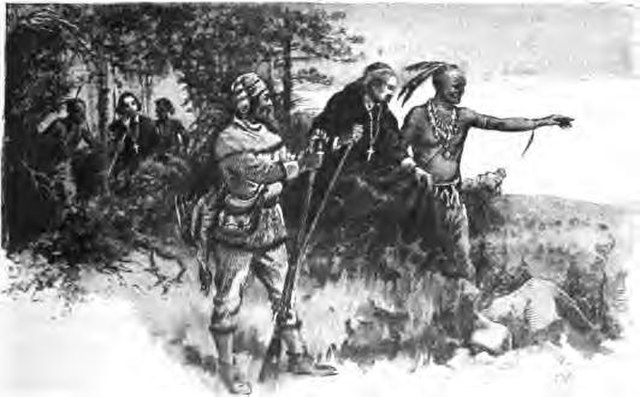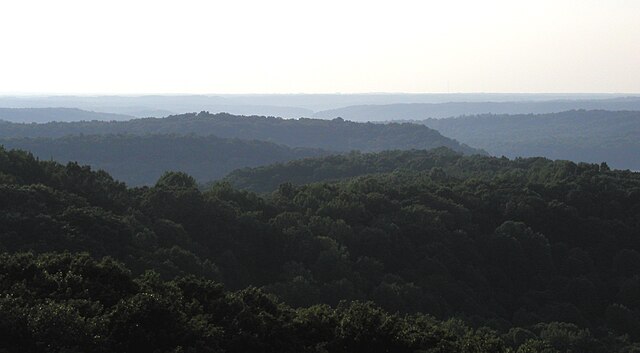Indiana Mammoth Internal Improvement Act
The Indiana Mammoth Internal Improvement Act was a law passed by the Indiana General Assembly and signed by Whig Governor Noah Noble in 1836 that greatly expanded the state's program of internal improvements. It added $10 million to spending and funded several projects, including turnpikes, canals, and later, railroads. The following year the state economy was adversely affected by the Panic of 1837 and the overall project ended in a near total disaster for the state, which narrowly avoided total bankruptcy from the debt.
Governor Noah Noble, primary backer of the law.
Governor James Whitcomb, opponent of the law, and man who sold off the last of the public works.
Indiana is a state in the Midwestern region of the United States. It borders Lake Michigan to the northwest, Michigan to the north and northeast, Ohio to the east, the Ohio River and Kentucky to the south and southeast, and the Wabash River and Illinois to the west. Nicknamed "the Hoosier State", Indiana is the 38th-largest by area and the 17th-most populous of the 50 states. Its capital and largest city is Indianapolis. Indiana was admitted to the United States as the 19th state on December 11, 1816.
Angel Mounds State Historic Site was one of the northernmost Mississippian culture settlements, occupied from 1100 to 1450.
Native Indians guide French explorers through Indiana, as depicted by Maurice Thompson in Stories of Indiana.
1950 postal issue of Harrison commemorating Indiana's 150th anniversary of statehood
Rolling hills in the Charles C. Deam Wilderness Area of Hoosier National Forest, in the Indiana Uplands






